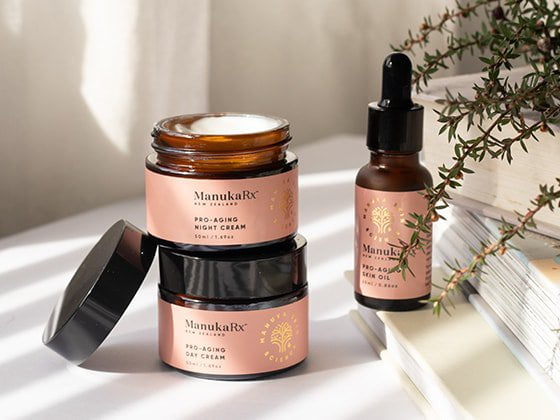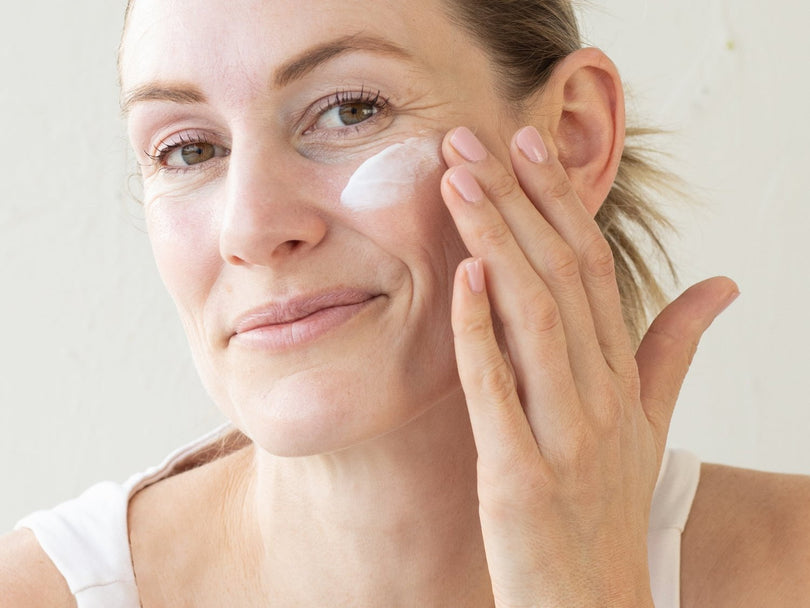Some essential oils are so powerful that they need a carrier oil to tone them down a bit, or can sometimes lead to an allergic reaction without you knowing you were previously. Here are some ways to identify an allergic reaction to essential oils and how to prevent them.
These are very potent plant extracts we’re talking about here. It’s very easy to use essential oils safely but that doesn’t mean you should throw caution to the wind. That’s why it’s so important to understand how to avoid an allergic reaction to essential oils.
What Does an Allergic Reaction to Essential Oils Look Like?
The easiest thing you can do is a quick skin patch test to see if you develop an allergic reaction.
Dilute your essential oil with your favourite carrier oil like coconut or use essential oil blends like our Essential Oil Blend for Dry Skin. Place a few drops of the diluted solution over your forearm or back. If you plan to use the essential oil on your face, test a few drops on your chest or neck instead.
Place a bandage over the area and wait 24 to 48 hours. Make sure to let the area breathe every few hours but don’t get the skin wet.
Look for any redness, swelling, blistering, itching, burning, or any other unusual reaction. If you notice any unwanted effects, wash the area with soap and water immediately or see a doctor.
How to Avoid Adverse Effects or an Allergic Reaction
Essential oils are super-concentrated substances made from plants – so it's important to understand how to use them correctly to avoid allergic reactions and adverse effects.
- Grapefruit or citrus oils interact with several prescription medications like cholesterol meds, BuSpar, Robitussin, estrogens, benzodiazepines like Valium, Viagra, allergy medications, some statins, and many others.
- Do not use lemon, lime, orange, or any citrus oils on your skin before going out into the sun. The UV rays create a unique chemical reaction and painful skin condition called phytophotodermatitis. Symptoms include blistering, burns, redness, or otherwise inflamed skin.
- Look out for common allergens. If you have an allergy to ragweed, you should probably avoid anything containing chamomile essential oil. Those allergic to bee stings should steer clear of blends with beeswax.
- Don’t ingest any essential oils. The “Certified Pure Therapeutic Grade” label doesn’t mean much – it essentially just indicates the company paid a liability fee.
- Don’t overuse them. Constantly exposing your body to high concentrations of the same essential oil can cause you to develop an allergy over time. Use essential oils as needed and conduct thorough research about long-term effects.
- Buy from reputable companies. You might see essential oils at your local supermarket chain for a fraction of the cost of those you find from online retailers. There’s probably a reason for this: many companies might label their products as one oil, but contain a totally different (yet similar) plant or low-quality plant grown with pesticides under toxic conditions.
- Be mindful. Putting your face over a peppermint oil diffuser will likely make your eyes feel like you’ve just been pepper-sprayed. Avoid an allergic reaction to essential oils by keeping powerful oils out of the diffuser if you have babies or pets. Many plants that are generally safe for humans can be toxic to cats and dogs.
Essential oils are very safe when you respect their power and use them properly. The trick is to do a little research and understand the full range of effects.






